At the beginning of the new year, TG&VN Newspaper had an interesting conversation with Associate Professor, Dr. Dinh Hong Hai - Head of the Department of Cultural Anthropology, Faculty of Anthropology (University of Social Sciences and Humanities), about the story of Vietnamese identity in the integration period.
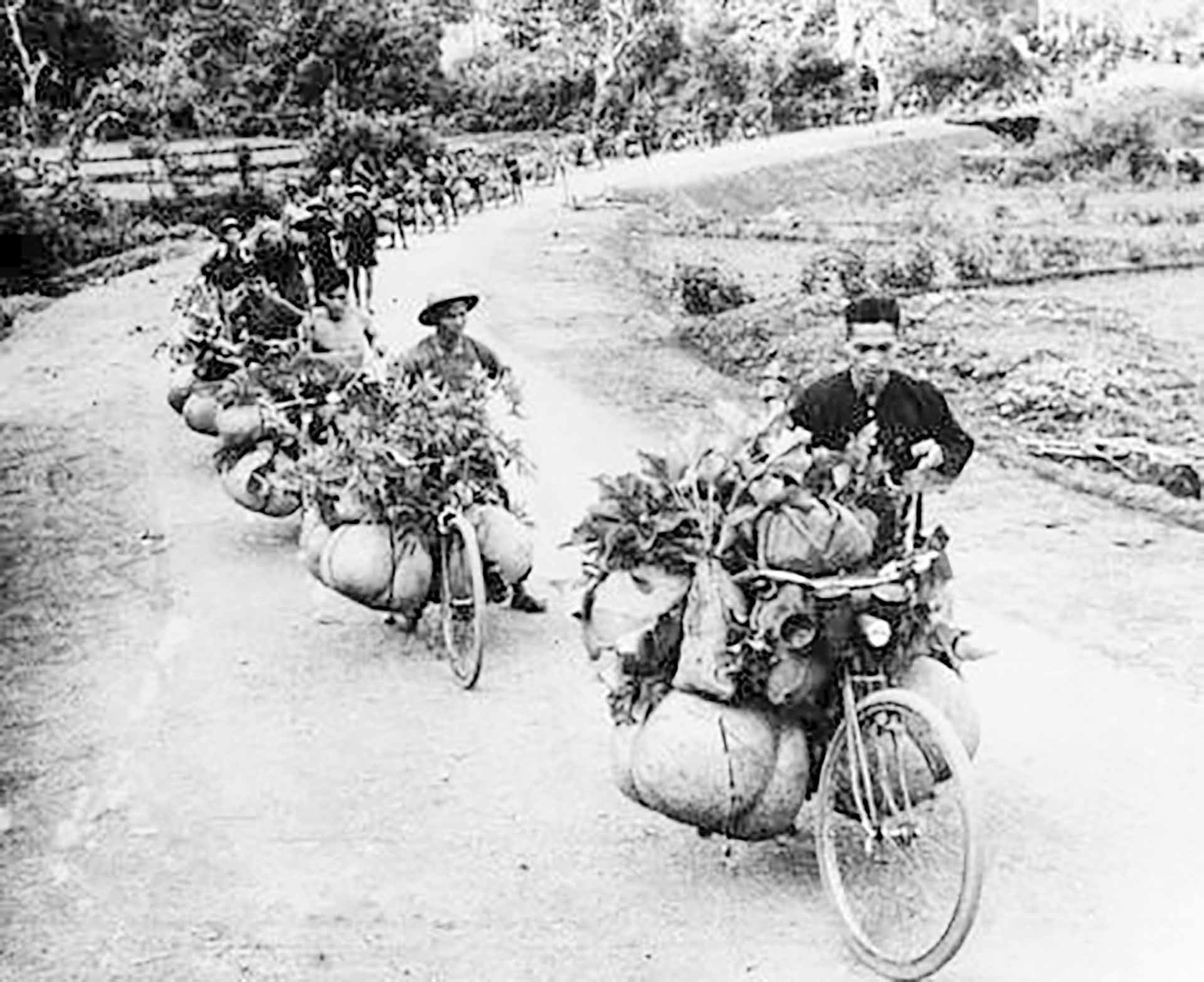 |
| Workers used bicycles to serve the Dien Bien Phu campaign. (Source: VNA) |
With many years of research on cultural anthropology, Associate Professor Dr. Dinh Hong Hai believes that when absorbing Western culture and many other cultural elements in the integration period, Vietnamese people must realize who we are, what we should be like, how we should "separate the bad from the good"... That is the way to find Vietnamese identity.
“What is Vietnamese identity” is not a new question, it has been discussed over and over again in many places, in many forums. What is your opinion?
In my opinion, when we talk about Vietnamese identity, we are talking about the core issues of Vietnamese culture. Culture here has two elements: indigenous (traditional) and integrated. Therefore, to answer the question “what is Vietnamese identity”, we need to understand the two cultural elements above.
When mentioning Vietnamese culture (which in fact has a tradition of thousands of years), but to specify what that tradition is is not as easy as when we look at the samurai spirit in Japanese culture, or the religious element in Indian culture...
Regarding Vietnamese culture, I think the most suitable explanation is the view of Professor Tran Quoc Vuong when he said that Vietnamese culture is “a culture at the crossroads”. It is a culture that has integrated and accepted both Eastern and Western cultures. All of these elements have been absorbed by the Vietnamese people.
However, another important characteristic of the Vietnamese people when accepting cultural elements from outside is that almost everything is modified to fit Vietnamese culture. The modification here creates something purely Vietnamese, although it contains Chinese, Indian, and Western culture, but the final thing is still Vietnamese culture.
For example, I take the image of the Nghe in Vietnamese culture. Some people call it a lion, some call it a dog, but in fact it is a Nghe – a fictional animal. Like the dragon and the unicorn in Chinese culture, when introduced to Vietnam, it combines many elements to create a unique mascot of the Vietnamese people.
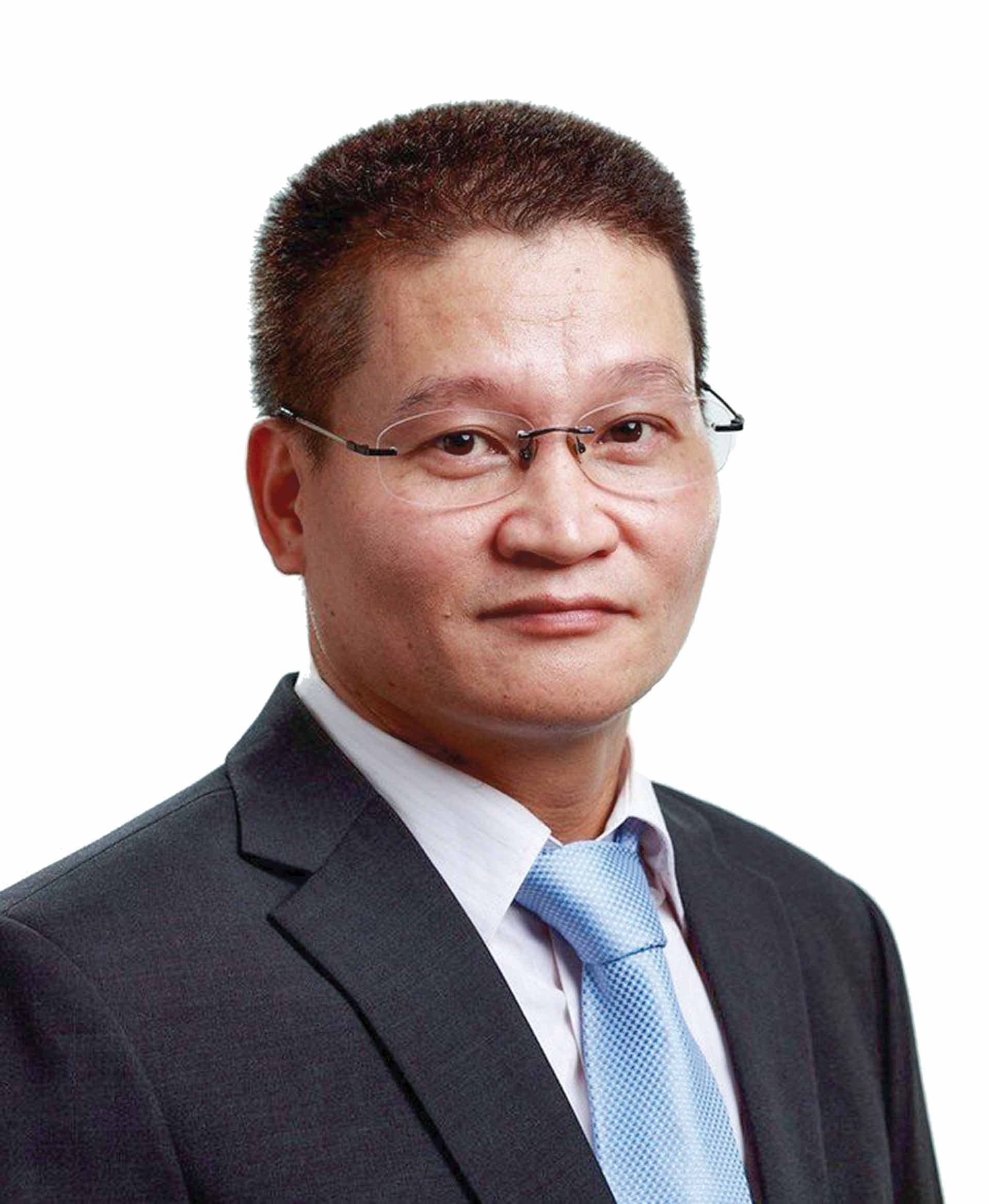 |
| Associate Professor, Dr. Dinh Hong Hai. |
Therefore, the chimera is completely Vietnamese, different from the lion of China or India. In particular, when Vietnamized, this animal has Vietnamese artistic characteristics. Thus, it is the Vietnamese folk art that creates the beauty of the chimera.
Another example when we visit the Vietnam Revolution Museum, we can see an artifact, the Dien Bien bicycle. In fact, that bicycle was used very commonly in the agricultural culture of Vietnam. People can carry tons of goods with such a bicycle, but Westerners cannot believe this. Especially, during the Dien Bien Phu campaign, soldiers and militiamen also carried goods on very rough and dangerous terrain.
This is how a product of Western culture became a symbol of Vietnamese culture. The ordinary bicycle was Vietnamized into a bicycle that can only be found in Vietnam.
In the era of integration, we often remind each other to “integrate but not dissolve”. In your opinion, why should we not lose our identity?
In our field we have the phrase “cultural change”. This is a rule that we cannot avoid, because as history changes, culture also changes and of course, each era’s culture changes accordingly.
With such rules, the important thing is how people will adapt. “Integrating without dissolving” is to preserve the characteristics of culture or to preserve the traditional culture. Any nation needs to preserve this, as Professor Hoang Tuy said, “losing culture is losing everything”.
The "filtering out the muddy" factor in culture is to absorb the new, honor the old, and combine to create something unique.
It can be compared to how other nations are adapting. For example, the Japanese Bushido spirit is incorporated into technological products. The transparency and high quality of Japanese products are the answer to this spirit, which means they have created a new cultural value in the new context.
So, in order to preserve identity and create new values, what do Vietnamese people, especially the young generation, need to focus on, sir?
The most important thing, as Phan Chu Trinh said more than 100 years ago, in his short work Chi bang hoc.
At that time, Phan Chu Trinh saw that the weakness of our nation was lack of education.
Therefore, if young people today want to progress, they must learn new and good things not only in science and technology but also in the cultures of other countries.
This is how the Japanese and Koreans became the dragons and tigers of Asia. Vietnam wants to develop only in the way of Phan Chu Trinh: Better to study. The things he mentioned such as “Enlighten the people, strengthen the people’s spirit, improve the people’s livelihood” are also based on the foundation of studying as the first factor.
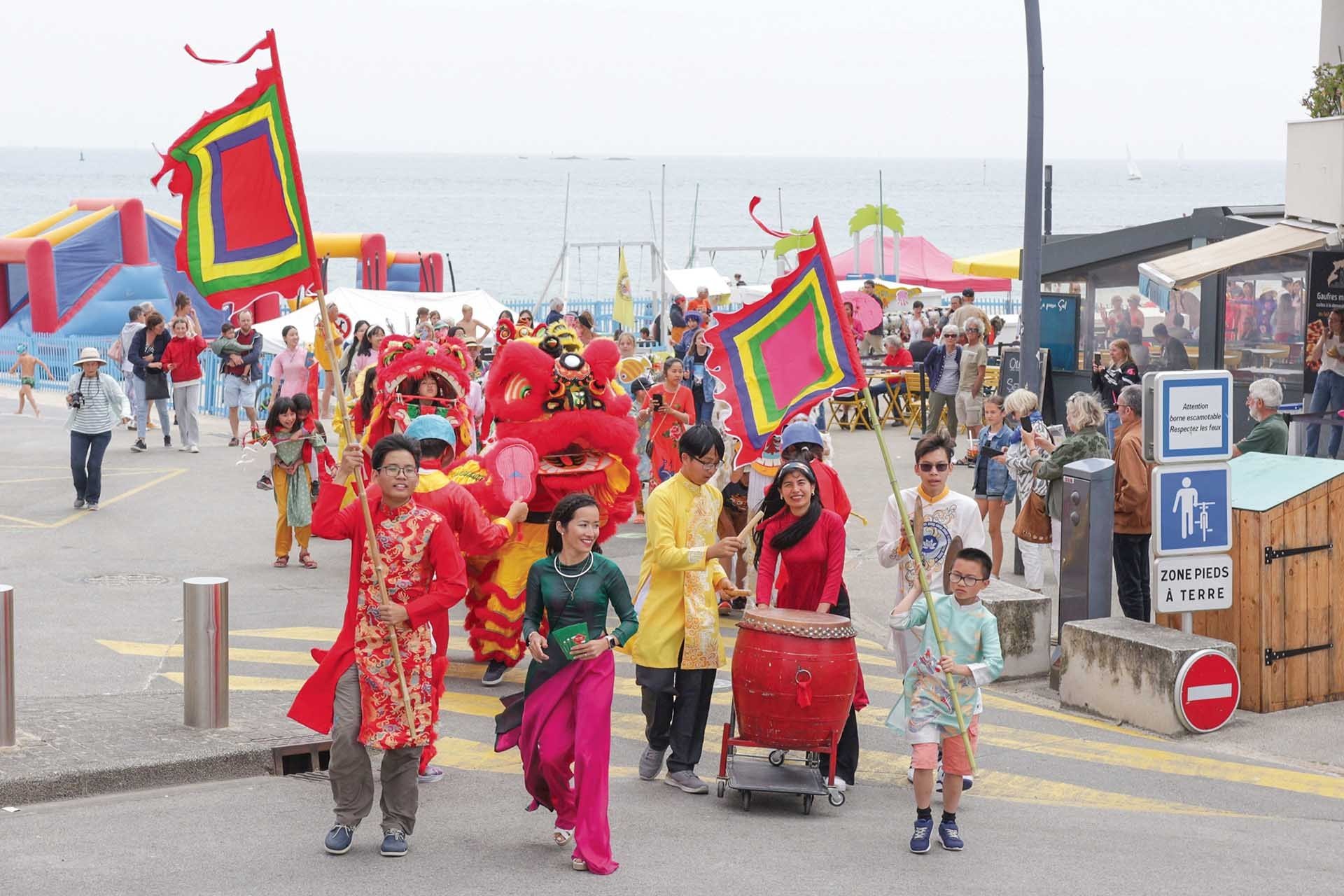 |
| Activities to promote Vietnamese culture in France. (Photo: Hoang Trang) |
According to you, what are the strengths of Vietnamese people in the integration period?
I see some people say Vietnamese people are smart, but there are also people who do not recognize this.
One notable point is that in certain circumstances, Vietnamese people have a very high spirit of overcoming difficulties. For example, in war or difficult periods, Vietnamese people can overcome them thanks to that spirit.
It's not easy to find a word that accurately describes that quality, but I think this is the strength of Vietnamese people.
So what is the weakness of Vietnamese people?
The Vietnamese have a weakness that when they are successful, they tend to "rest on their laurels", and the lack of unity is also a fairly obvious characteristic.
Every Vietnamese individual needs to know their strengths and weaknesses in order to develop their potential and control their limitations.
Having lived in the US for a while, can you share your experience on how to raise children to preserve Vietnamese identity?
Here is a little story. When my child was in kindergarten in the US, the class was very diverse with students from many different nationalities. My child was very close friends with a Jewish child.
In a conversation with his friend, we asked him what language he spoke at home and he said he spoke Hebrew at home, while English was spoken in class and he also learned Spanish.
This speaks to the fact that the Jewish people have retained their identity in language, culture and religion. This is an experience for Vietnamese parents living abroad!
Source





![[Photo] Worshiping the Tuyet Son statue - a nearly 400-year-old treasure at Keo Pagoda](/_next/image?url=https%3A%2F%2Fvphoto.vietnam.vn%2Fthumb%2F1200x675%2Fvietnam%2Fresource%2FIMAGE%2F2025%2F12%2F02%2F1764679323086_ndo_br_tempimageomw0hi-4884-jpg.webp&w=3840&q=75)
![[Photo] Parade to celebrate the 50th anniversary of Laos' National Day](/_next/image?url=https%3A%2F%2Fvphoto.vietnam.vn%2Fthumb%2F1200x675%2Fvietnam%2Fresource%2FIMAGE%2F2025%2F12%2F02%2F1764691918289_ndo_br_0-jpg.webp&w=3840&q=75)

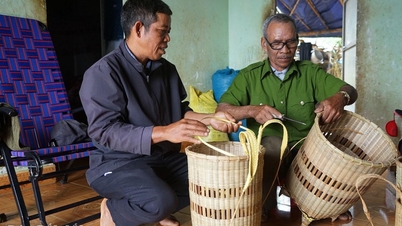

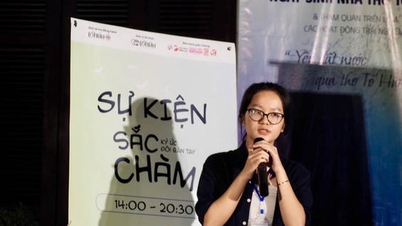

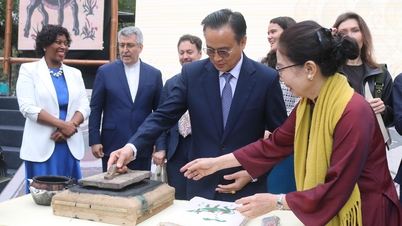

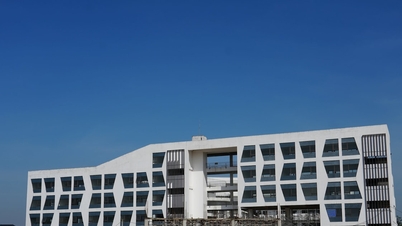

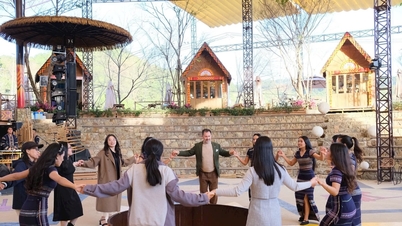

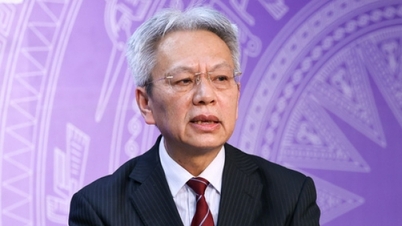
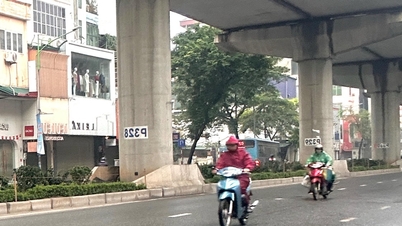
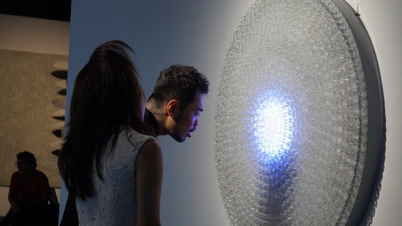

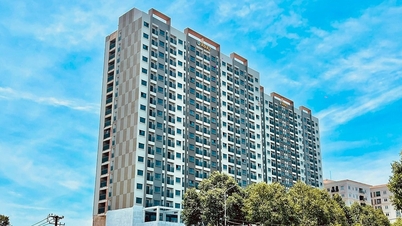

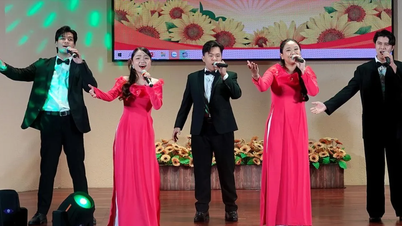

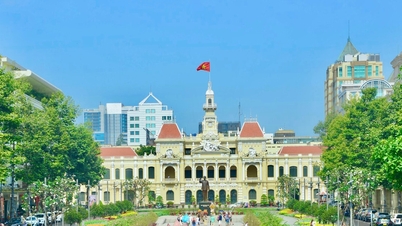
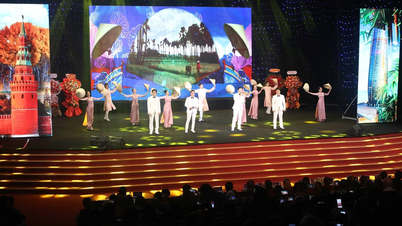





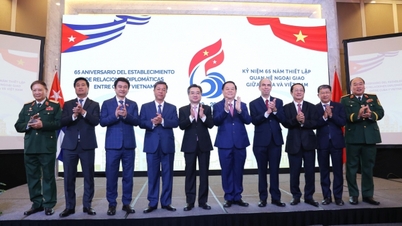
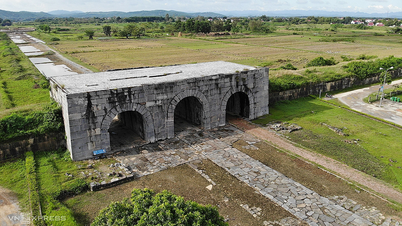
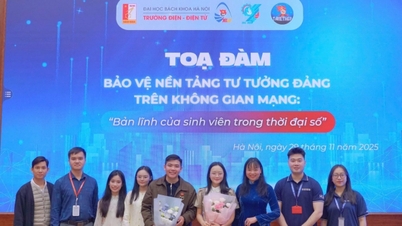
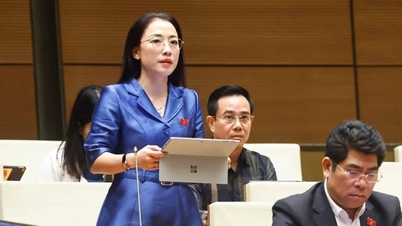
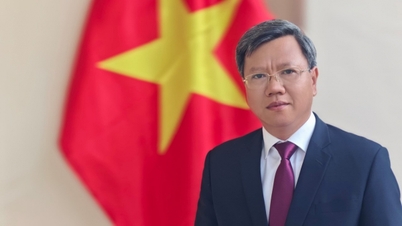
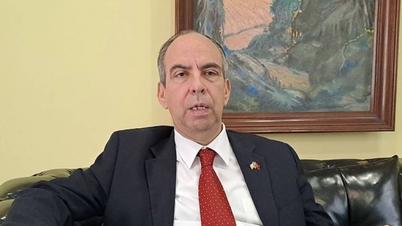

![[Video] Protecting World Heritage from Extreme Climate Change](https://vphoto.vietnam.vn/thumb/402x226/vietnam/resource/IMAGE/2025/12/03/1764721929017_dung00-57-35-42982still012-jpg.webp)





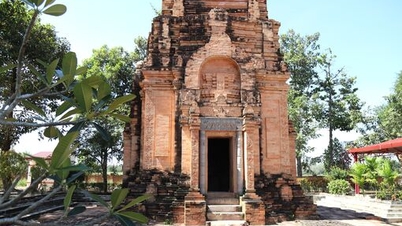

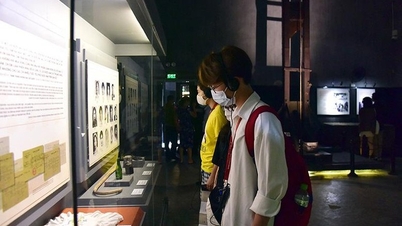



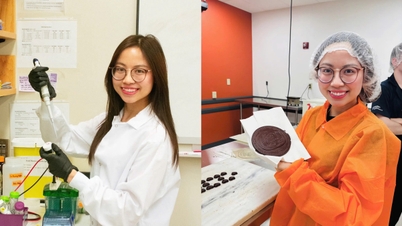

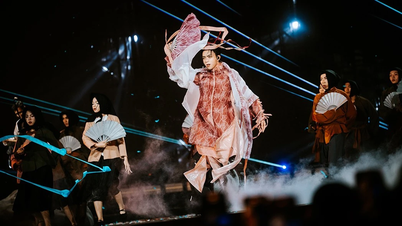
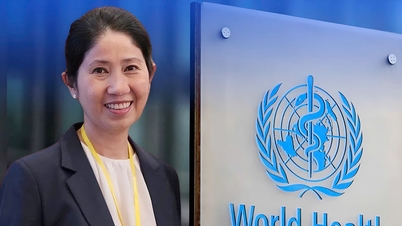



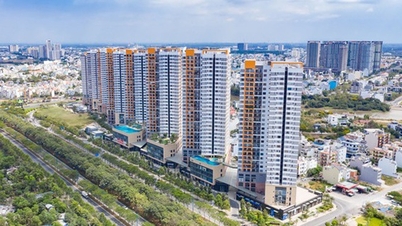

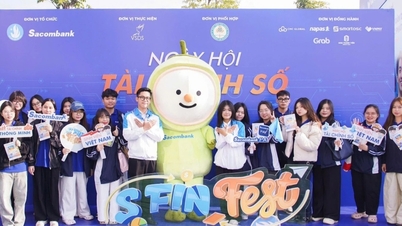

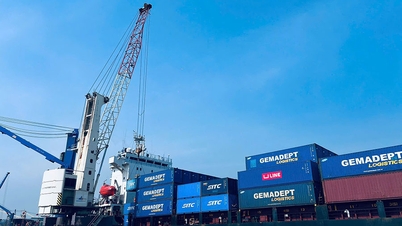











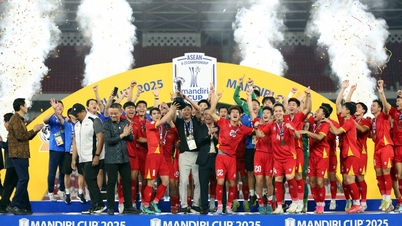
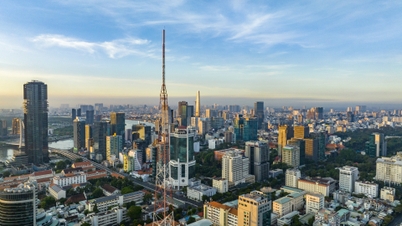


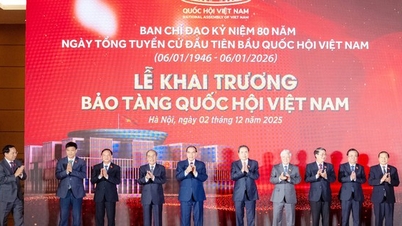


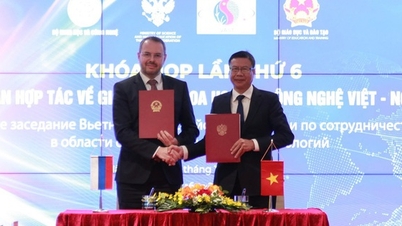


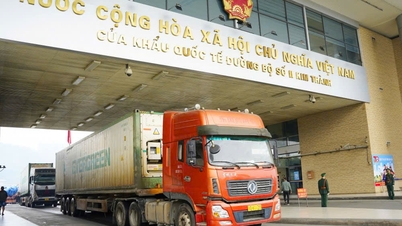

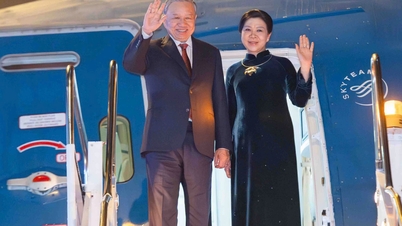

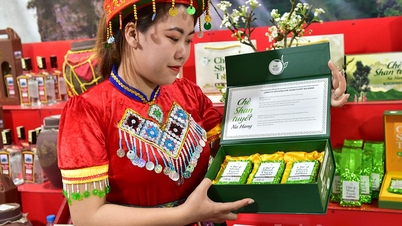

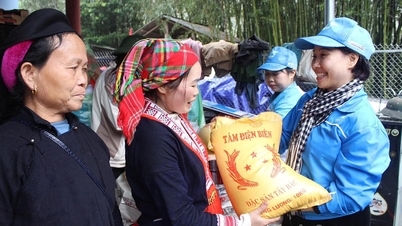


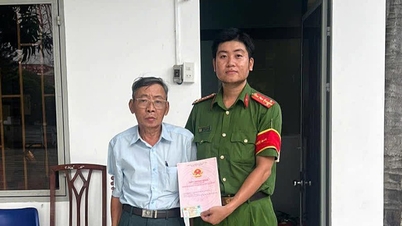
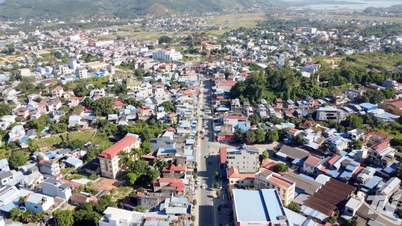

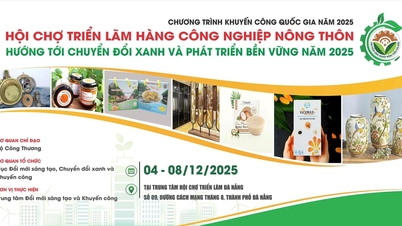














Comment (0)